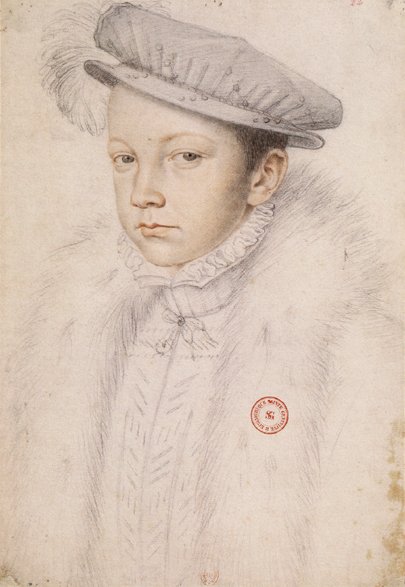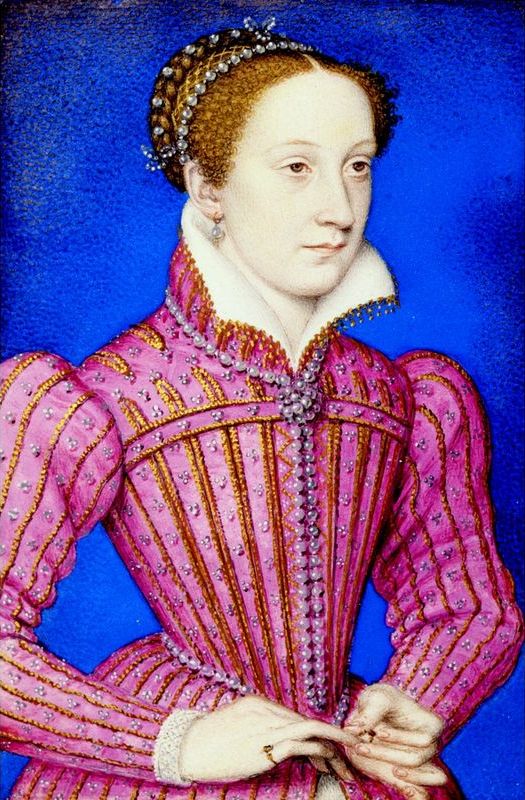Wednesday, October 31, 2012
Werckmeister
I had never seen the famous classic film by Béla Tarr, Werckmeister Harmóniák, released in 2000 and distributed to the English-speaking world as Werckmeister Hamonies – "Shot in black and white and composed of thirty-nine languidly paced shots, the film describes the aimlessness and anomie of a small town on the Hungarian plain that falls under the influence of a sinister traveling circus lugging the immense body of a whale in its tow."
There are lovers and haters of this film all over the internet, and the lovers (like me, I admit, now that I have watched the DVD) all talk about the poetry in the rhythm of the long slow scenes.
Hanna Schygulla, the favorite actress of Rainer Werner Fassbinder (1945-1982) back in the 1970s (and an icon of mine) makes an appearance in Werckmeister Hamonies as a scheming quasi-villainess.
From a 2001 interview with Béla Tarr –
"I just wanted to make a movie about this guy who is walking up and down the village and has seen this whale. And, you know when we are working we don’t talk about any theoretical things. We only ever have practical problems. And it’s the same with the writer. Mostly we just talk about life. How it’s going on the street. We never talk about theoretical things."
Tuesday, October 30, 2012
François Clouet
Back in July 2008 when this blog was in its infancy one of my first subjects was the picture (above) that hangs on one of the less conspicuous walls at Spencer Alley – a discolored commercial art-print made in the 1930s of a drawing made in the 1530s by François Clouet (court painter to the Valois). The subject here was a 14-year-old boy who would later become Henry II of France (1519-1559). The occasion was his marriage to the 14-year-old Catherine de' Medici.
Back in July 2008 starting from scratch and maintaining a running visual online journal seemed fresh and adventurous. Four years later, as an ongoing diversion, it can soak up as much or as little time and energy as circumstances permit. But freshness is no longer an attribute – the world has moved off toward briefer and quicker, more discontinuous and less static word-and-image formats. These current innovations, however, do not suit my one-track linear mind so well as the column-like, book-like, old-school blog format. I like these little pinned-down memorials of each day, like chloroformed insect specimens, each to reside in its labeled niche and not tumble out of it.
François Clouet lived from 1515 to 1572 and created all the portraits seen here. He occupied his entire life with painting and drawing Henry and Catherine and their associates and their descendants (three of Henry and Catherine's sons also became Kings of France) and their wives and their hangers-on.
Henry II, drawn in 1553 (age 34)
Catherine de' Medici, painted in 1553 (age 34, and already having given birth to seven of her ten children)
Diane de Poitiers (notorious beauty, mistress of Henry II, banished by Catherine in 1559 after the King's death at age 40 in a joust). Thanks in great part to Clouet himself, Diane's historical reputation remains highly glamorous, while Catherine (the legitimate wife and Queen) is remembered as a treacherous manipulator, mass murderer and probable poisoner.
Francis II (1544-1560) drawn in 1558 at age 14 when he married Princess Mary Stuart of Scotland, a year before inheriting the throne after his father's untimely death in the joust.
Princess Mary Stuart of Scotland, painted in 1558 when she married the future King Francis II.
Drawing of Mary Stuart, also made in 1558.
Mary, Queen of Scots, 1560, in "white mourning" after the premature death of her husband Francis II at age 16.
Drawing of Charles IX (1550-1574) who inherited the throne in 1560 at age 10 after the death of his 16-year-old brother Francis II.
Painting of Charles IX, dated 1561. The King spent his whole life under control of his mother Catherine de' Medici.
Charles IX in 1570 at age 20, the year he married Elisabeth of Austria, daughter of the Holy Roman Emperor, Maximilian II.
Elisabeth of Austria, daughter of the Holy Roman Emperor, and married to Charles IX in 1570.
Henry III (1551-1589) painted by Clouet in 1570. He inherited the throne in 1574 after the death of his brother Charles IX, but the reign of Henry III (like the reigns of his two older brothers) was effectively dominated by their mother, Catherine de' Medici.
Francis, Duke of Alençon and Anjou (1555-1584) was the fourth surviving brother but did not live long enough to inherit the throne, even though none of his three older brothers (who did reign) left descendants.
Monday, October 29, 2012
Sepia Group
Some pictures prefer to be sepia. Mabel Watson Payne takes on yet-new depths in sepia. But all this has been discussed before – and enough.
Labels:
autumn,
daughter,
families,
fathers,
granddaughter,
mothers,
photos,
San Francisco,
sepia
Sunday, October 28, 2012
Robot Drawing
Mabel Watson Payne made this drawing of a robot, more figure-like than anything I have so far seen her produce. That she will be a robot for Halloween and that she has worked hard with her parents making the costume probably are facts that help to account for this sudden plunge into literal representation.
Labels:
children,
children's art,
creatures,
families,
festivals,
granddaughter,
green,
San Francisco
Retirement Kiss
Mabel's recent weekly Polaroids included one of her few recorded kisses, this one for Grandma at her East Bay retirement party.
Saturday, October 27, 2012
After-Nap Play-Time
Subscribe to:
Posts (Atom)


























-d.1584.jpg)









.jpg)
.jpg)
.jpg)
.jpg)
.jpg)
.jpg)
